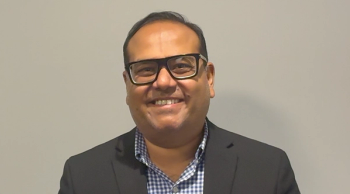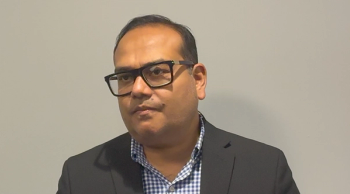
Oncology NEWS International
- Oncology NEWS International Vol 16 No 9
- Volume 16
- Issue 9
Scientists grow powerful line of breast cancer stem cells
It was a serendipitous discovery, indeed. Tan A. Ince, MD, PhD, of Harvard Medical School, set out to develop a breast cancer cell line with cells that looked more like the actual disease under a microscope and behaved more like cancer cells in patients. Instead, he created a line of extraordinarily potent cancer stem cells
CAMBRIDGE, MassachusettsIt was a serendipitous discovery, indeed. Tan A. Ince, MD, PhD, of Harvard Medical School, set out to develop a breast cancer cell line with cells that looked more like the actual disease under a microscope and behaved more like cancer cells in patients. Instead, he created a line of extraordinarily potent cancer stem cells (Cancer Cell 12:160-170, 2007).
Dr. Ince, working as a postdoctoral researcher in the laboratory of Robert Weinberg, PhD, at the Whitehead Institute for Biomedical Research, developed a new chemically defined culture medium, dubbed WIT. This medium allowed the growth of a type of breast cell that normally dies in culture. Next, he transformed the cells using a retroviral vector to insert three genes: hTERT, the SV40 early region, and H-ras oncogene.
These cancer cells proved to be extremely potent. When Dr. Ince injected more than 100,000 of them into an immune-compromised mouse, the animal rapidly developed huge, lethal tumors.
The researchers repeated the experiment using increasingly lower numbers of cells, down to as few as 100. Even at that level, the cells continued to create tumors that metastasized. This number proved a remarkable contrast to the more than 1 million cells needed to grow a tumor in mice from cancer cells routinely used in experiments.
Dr. Ince then took a single human breast tissue sample, grew and transformed cells from it in both cell lines, and injected them into mice. The cells grown in WIT proved 10,000 times stronger as tumor initiators and the only ones capable of metastasizing.
Articles in this issue
about 18 years ago
Low circulating levels of IGFBP-1 predict risk of pancreatic cancerabout 18 years ago
Loss of two hormones creates a 'recipe for colon cancer'about 18 years ago
Monitoring essential for heading off retinoic acid syndromeabout 18 years ago
Website helps you evaluate EMR systems for possible purchaseabout 18 years ago
MRI accurately detects high-grade DCISabout 18 years ago
Phase II trial to evaluate four-drug therapy in myelomaabout 18 years ago
Novel optical technology detects treatable pancreatic caabout 18 years ago
Xeloda/Avastin moderately active in advanced breast cancerNewsletter
Stay up to date on recent advances in the multidisciplinary approach to cancer.




















































































